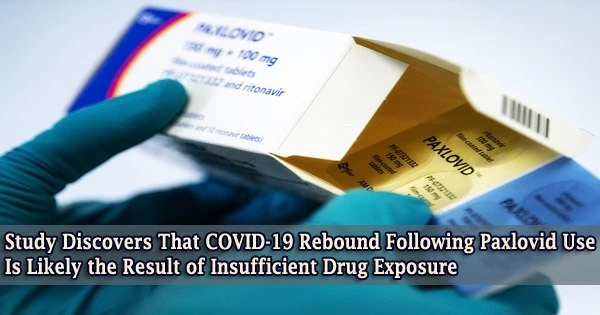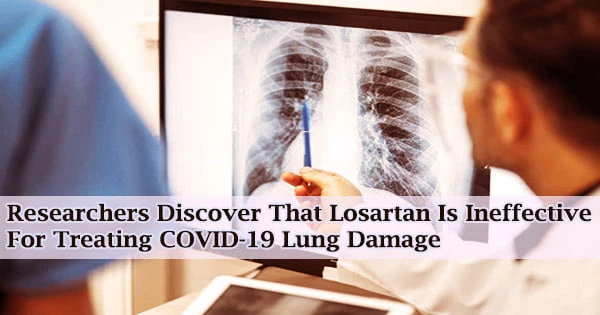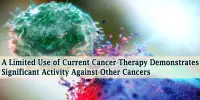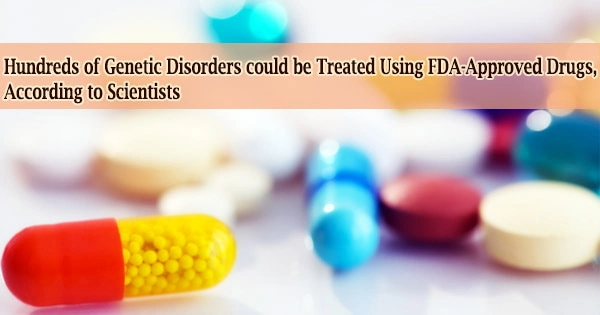The most effective oral treatment for avoiding severe COVID-19 instances in high-risk persons is paxlovid. A health advisory on this alleged “COVID-19 rebound” was released by the Centers for Disease Control and Prevention (CDC) as a result of some patients’ symptoms returning after treatment.
Researchers from the University of California San Diego School of Medicine examined one such patient for a study that was published in Clinical Infectious Diseases on June 20, 2022. They discovered that the patient’s symptom relapse was not brought on by the emergence of drug resistance or weakened virus immunity. Instead, insufficient medication exposure appears to have caused the COVID-19 rebound.
Paxlovid was given an emergency use authorization by the U.S. Food and Drug Administration in December 2021. After a clinical trial shown that it might 89 percent lower the risk of hospitalization and mortality from COVID-19.
Nirmatrelvir and Ritonavir, which are the two medications that make up the treatment, act together to block an enzyme that the SARS-CoV-2 virus uses to replicate in the body.
Compared to medications like Remdesivir, which call for intravenous injection, it is simpler to administer at home. Within five days after the first symptom, the treatment should be started, and it should be taken twice daily for five days straight.
The goal of the study was to learn more about the factors that lead to COVID-19 rebound after Paxlovid treatment. The research team was led by senior author Davey M. Smith, MD, chief of Infectious Diseases and Global Public Health at UC San Diego School of Medicine and infectious disease specialist at UC San Diego Health.
The goal of Paxlovid is to prevent serious illness and death, and so far no one who has gotten sick again has needed to be hospitalized, so it’s still doing its job. We simply need to understand why the rebound happens in some patients and not others. More research is needed to help us adjust treatment plans as necessary.
Davey M. Smith
Prior to testing for treatment resistance, they isolated the SARS-CoV-2 BA.2 virus from a COVID-19 rebound patient. They discovered that the virus remained susceptible to Paxlovid treatment and did not exhibit any pertinent changes that would lessen the drug’s efficacy.
“Our main concern was that the coronavirus might be developing resistance to Paxlovid, so to find that was not the case was a huge relief,” said first author Aaron F. Carlin, MD, PhD, assistant professor at UC San Diego School of Medicine.
The scientists next took a plasma sample from the patient to check for SARS-CoV-2 immunity. The fact that the patient’s antibodies continued to successfully prevent the virus from invading and infecting new cells indicates that a deficiency in antibody-mediated immunity was not the root of the patient’s recurrent symptoms.
According to the authors, the recurrence of COVID-19 symptoms after stopping Paxlovid treatment is probably caused by insufficient drug exposure since not enough of the medication was reaching infected cells to completely halt viral replication. They speculated that this might be because some people metabolize the medicine more quickly or because the drug needs to be administered for a longer period of time throughout therapy.
In the future, Carlin expressed the hope that doctors will be able to examine whether patients need to take Paxlovid for a longer period of time or if a pharmacological cocktail might be more effective.
Users of Paxlovid should be aware of the potential for symptom rebound in the interim and be ready to wear masks and undergo quarantine once more if symptoms do occur.
More investigation is required to determine how frequently rebound happens, which patient populations are most vulnerable, and whether reoccurring symptoms can result in a more serious illness.
“The goal of Paxlovid is to prevent serious illness and death, and so far no one who has gotten sick again has needed to be hospitalized, so it’s still doing its job,” said Smith. “We simply need to understand why the rebound happens in some patients and not others. More research is needed to help us adjust treatment plans as necessary.”
Co-authors include: Alex E. Clark, Antoine Chaillon, Aaron F. Garretson, William Bray, Magali Porrachia and Tariq M. Rana, all at UC San Diego, as well as AsherLev T. Santos at California State University San Marcos.
















